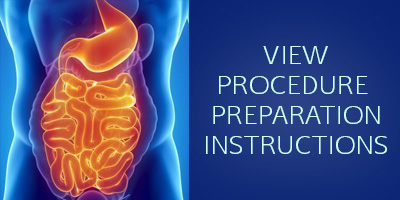Upper Endoscopy
Upper endoscopy, also known as EGD, is a procedure in which a thin scope with a light and camera at its tip is used to look inside the upper digestive tract -- the esophagus, stomach, and first part of the small intestine, called the duodenum.
ERCP
An Endoscopic retrograde cholangiopancreatogram (ERCP) is a procedure that enables Dr. Zadeh to examine the pancreatic and bile ducts. A bendable, lighted tube (endoscope) about the thickness of your index finger is placed through your mouth and into your stomach and top part of the small intestine (duodenum).
Capsule Endoscopy
Capsule endoscopy is a procedure that uses a tiny wireless camera to take pictures of your digestive tract. The camera sits inside a vitamin-sized capsule that you swallow, enabling Dr. Zadeh to examine your entire small intestine.
View Capsule Endoscopy Brochure
View Capsule Endoscopy Brochure
Gastrostomy Tube Placement
A gastrostomy feeding tube insertion is the placement of a feeding tube through the skin and the stomach wall. It goes directly into the stomach. Gastrostomy feeding tube insertion is done in part using a procedure called endoscopy.
Fecal Transplant
Fecal Transplant is a procedure in which fecal matter, or stool, is collected from a tested donor, mixed with a saline or other solution, strained, and placed in a patient, by colonoscopy, endoscopy, sigmoidoscopy, or enema. The purpose of fecal transplant is to replace good bacteria that has been killed or suppressed, usually by the use of antibiotics, causing bad bacteria, specifically Clostridium difficile, or C. diff., to over-populate the colon.
Colonoscopy
Colonoscopy is a test that allows Dr. Zadeh to look at the inner lining of your large intestine (rectum and colon) using a thin, flexible tube called a colonoscope to look at the colon. A colonoscopy helps find ulcers, colon polyps, tumors, and areas of inflammation or bleeding.




